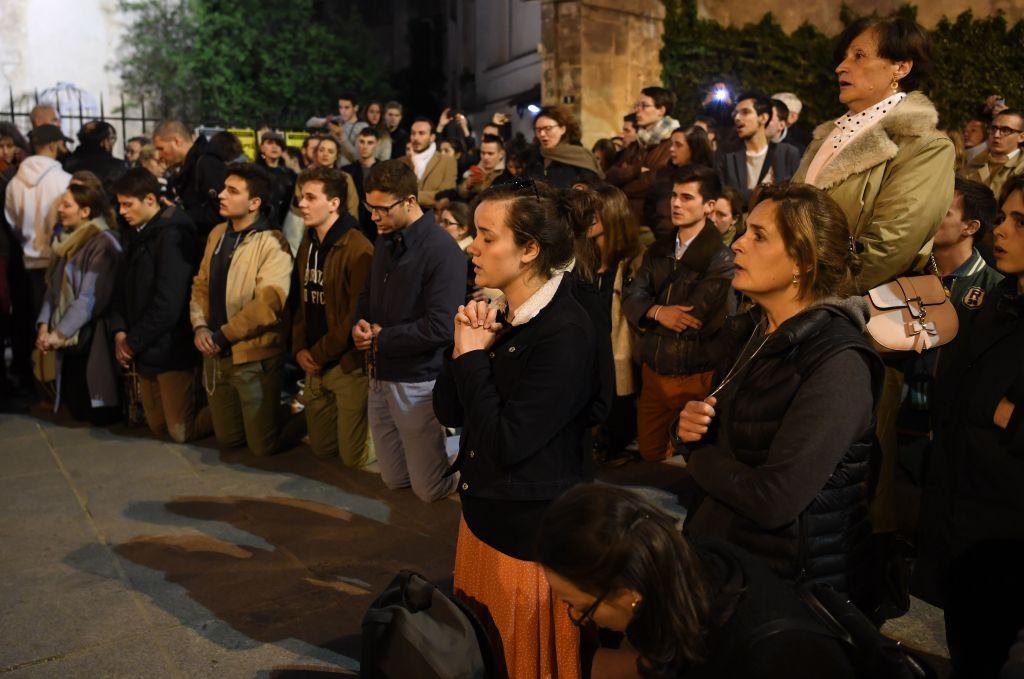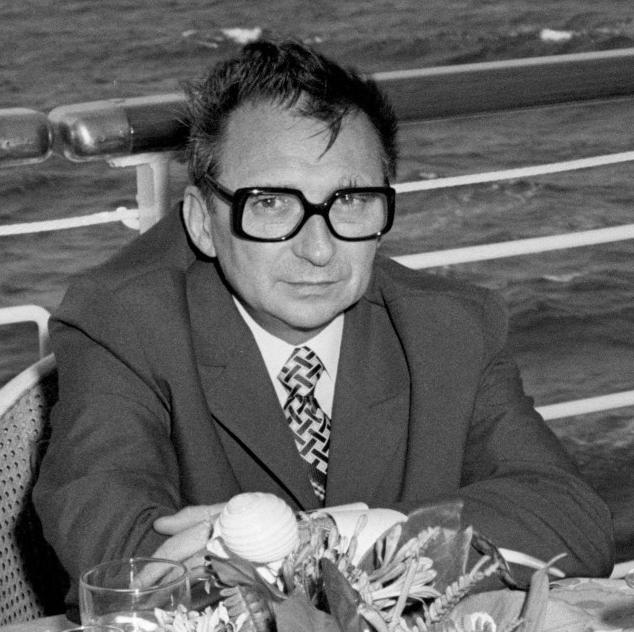Commentary
By now, everyone has seen the images. Like millions of others, I sat fixated in front of a screen and watched the devastating fire on April 15 at historic Notre Dame Cathedral in Paris. Would the spire topple? Yes. Would any part of the 800-year-old church remain? Yes. The stone structures, including the two famous belfries, are mostly intact, and the three large stained-glass Rose windows are unbroken. Was there loss of life? Thankfully, no. And, of course, why did it start?





